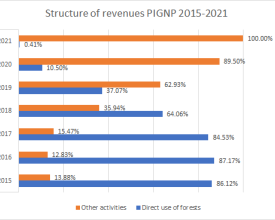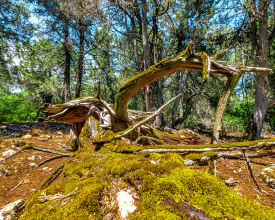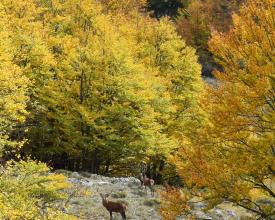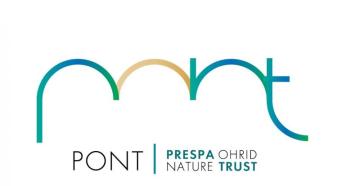
Galicica National Park - a Way Forward to Desired Protected Area Management
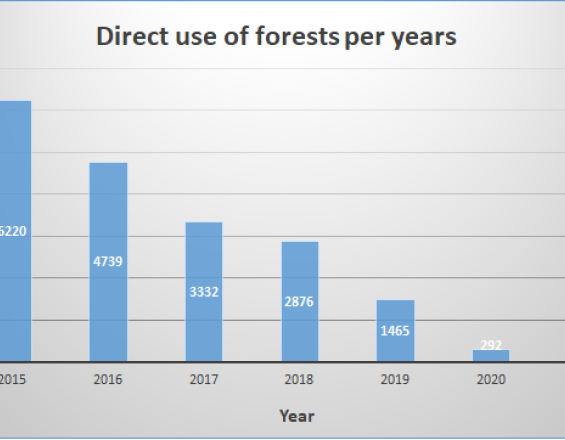
The rich and important forest biodiversity of the Galicica was the principal reason for declaring it a National Park, back in 1958. Restoration of degraded forest habitats was therefore of highest priority in the first three decades after the proclamation. The firewood produced in the process generated revenues that covered the operational costs of the park that started off with limited resources. As the park administration and its operational costs grew over the next few decades, and being financed exclusively from self-generated income, economic goals often trumped nature conservation, hampering the further progress in restoring the forests to a more natural condition. With the predominant income from firewood production for the park, the progress on conserving forest biodiversity was limited. It was only after the financial support from PONT that the park management could decouple the financing of its key operations from the direct use of forests. This was achieved in 2020.
Impacts
The first Management Plan for the park, developed in 2011 with a grant from the KfW Development Bank, identified the key biodiversity values of the park, including many forest habitats hosting a high number of endemic and threatened species, and set out specific objectives to conserve them. While the volume of wood extracted was gradually declining from 2015, the contribution of revenues from other sources increased moderately. It was only after the financial support from Prespa Ohrid Nature Trust (PONT) that the park management could decouple the financing of its key operations from the direct use of forest resources. By eliminating wood harvesting, the park management reached an important milestone in achieving and maintaining favourable conservation status of the forest habitats in the park, and with that the long-term survival of the associated plants and animals, many of which are endemic, rare, or threatened. The new Management Plan of 2021, developed by the park staff and with support from PONT, provides for active management of the forest habitats in the park to achieve specific conservation objectives, such as improving their structure and function attributes or removal of alien and invasive species.

